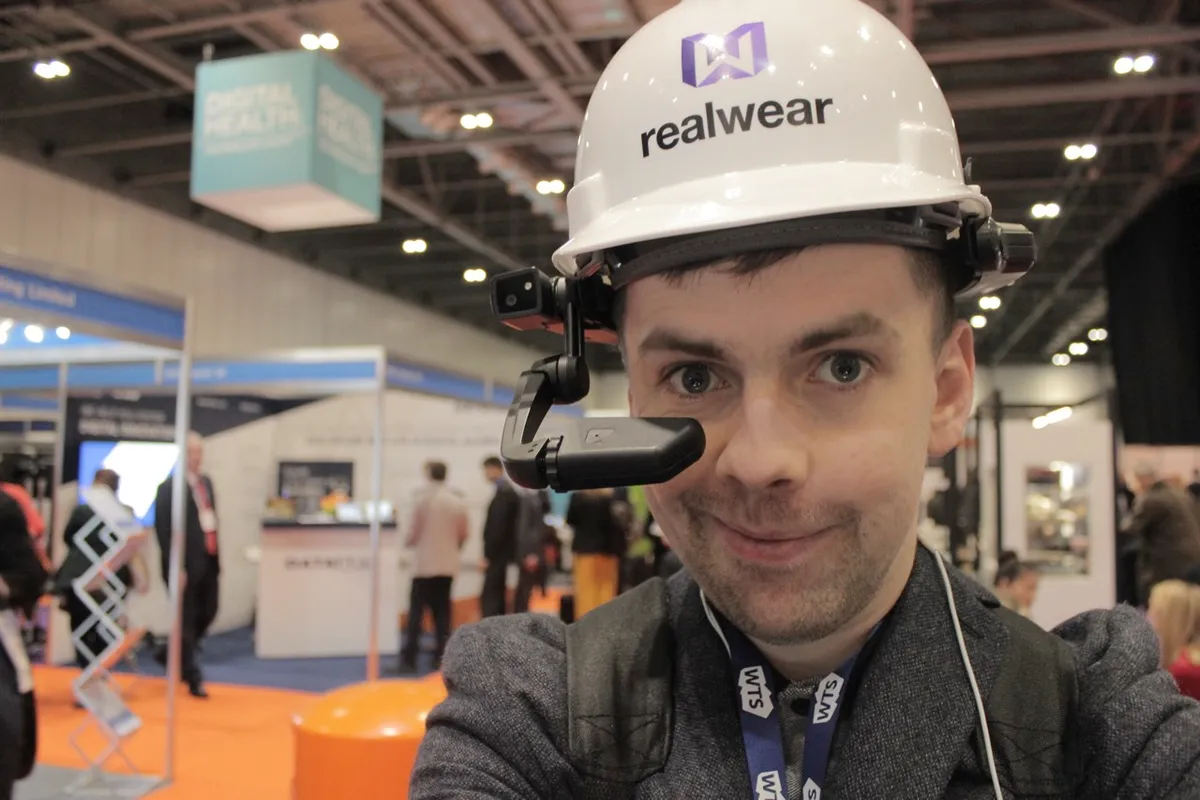This year’s Wearable Technology Show proved one thing - start-ups and big companies alike continue to throw everything against the wall, to see what sticks…
And what stuck this year? It was hard to see in a room full of awkward augmented reality experiences, portable trackers for things you didn’t even know needed to be tracked, and(strangely) wearable air purifiers.But look beyond the oddities, there are some clear trends set to run long into the future. Expect plenty of wearables to fit into one of these four categories.
Single-function style
Stripping away functionality in favour of style is another common theme you will find throughout wearable technology in 2017. Chances are you (or someone you know) has been deterred from buying a tracker based purely on the garish design.
People want to wear gadgets, but most care more about how they look wearing it. That is where this rise in single-function style has come from - highlighted by a panic alarm ring named the Nimb.It’s a stylish piece, fit for the fingers of trendy fashionistas everywhere that transmits your location to emergency services and pre-programmed contacts when activated.
Control everything in your life
As the idea of a smart home increases in popularity, confusing elders across the world, companies are quickly creating wearable ways to control it. Tapdo is one such wearable way - a rather unassuming wristband with a fingerprint scanner module. You can operate multiple devices in your life by assigning different parts of each finger. Use the tip of your pinky to turn the lights on, while using the middle to dim.
It’s certainly an interesting concept, which made for a great demo when shown off. But the question here is simple - would using the Tapdo be quicker and better than whipping that smartphone out your pocket? Well, yes and no. The benefits of Tapdo lie in the timesaving elements - resting on your wrist to save seconds and enabling you to control individual elements without having to open separate apps.

However, take a step back and you realise this fixes a problem you never had in the first place - providing yet another layer of interaction that requires learning and inevitably causing confusion. The equivalent of someone telling you that receiving & responding to messages on their smartwatch is a timesaving productivity booster - you know they're lying to themselves.
There will come a time when a wearable provides a genuinely simplistic and essential use case, but it’s not happened yet.
Health (actual health)
Yes, you can’t go anywhere in a typical technology-based shop without bumping into a table teeming with fitness trackers of all sizes. But I’m not talking about these - an entire section of the Wearable Technology Show hall was dedicated to new and innovative health wearables.
One such innovation was a portable ECG (Electrocardiogram) that fits in the band of your smartwatch. We’ve seen these implemented into phone cases before from companies like AliveCor, but this is the first time the technology has been miniaturised to such a small scale. Nifty for any hypochondriac such as myself, but a super convenient tool to anyone with a heart condition - sending real-time data to their doctor.
Combine this with innovative breakthroughs in communication such as the BrightSigngloves - which use an array of sensors to translate sign language into speech.
A turn to enterprise
Google Glass failed because no consumer wants (or needs) to wear a Geordi La Forge-esque device on their face, to perform the same tasks that were easily completed on a smartphone. But these kinds of devices are thriving in the world of business - one specific example being RealWear.

Simply put, it is a voice-controlled Android device that is strapped to your face. In the tip of the stalk, there is a high-resolution screen that looks like a 7-inch tablet being held at arms length. While the idea of this sounds bizarre, take off your “consumer” hat and think of this from the position of a builder/engineer - being able to have the full specifications or construction documents available at just a glance.
Jason England is the editor of New Rising Media and can be followed at @newrising_media
Follow Science Focus onTwitter,Facebook, Instagramand Flipboard
